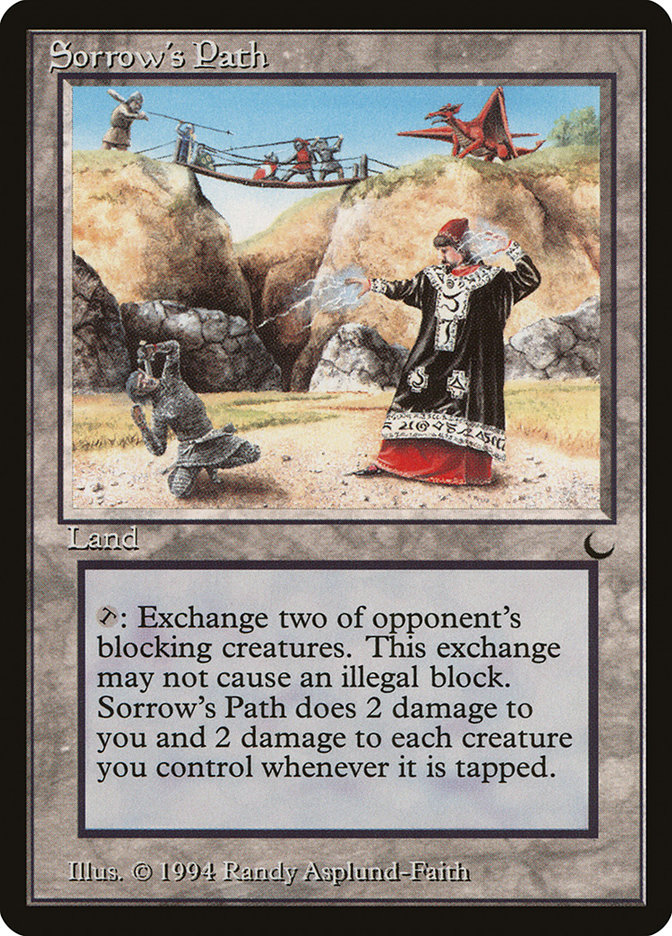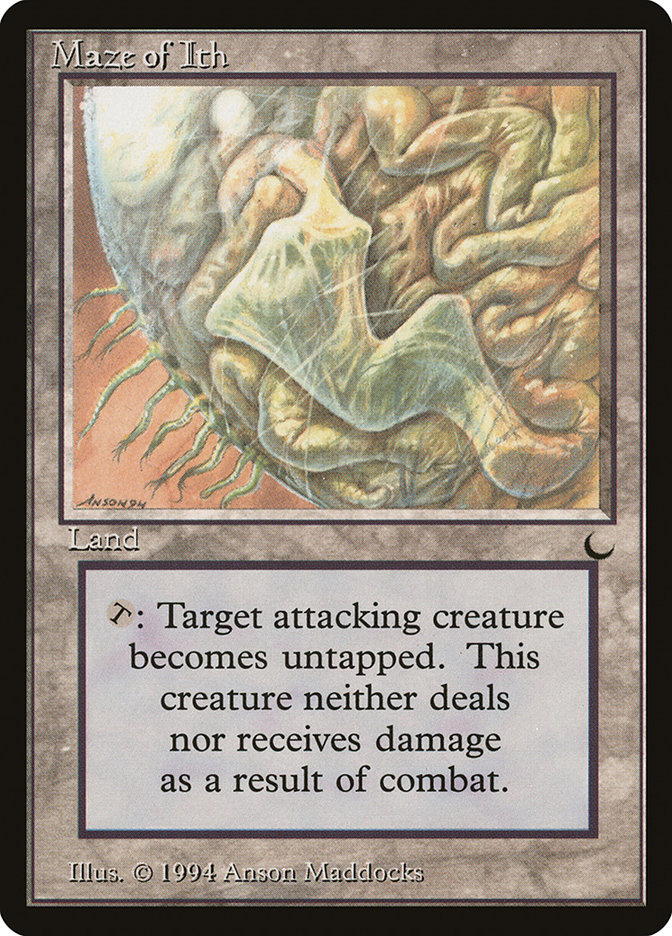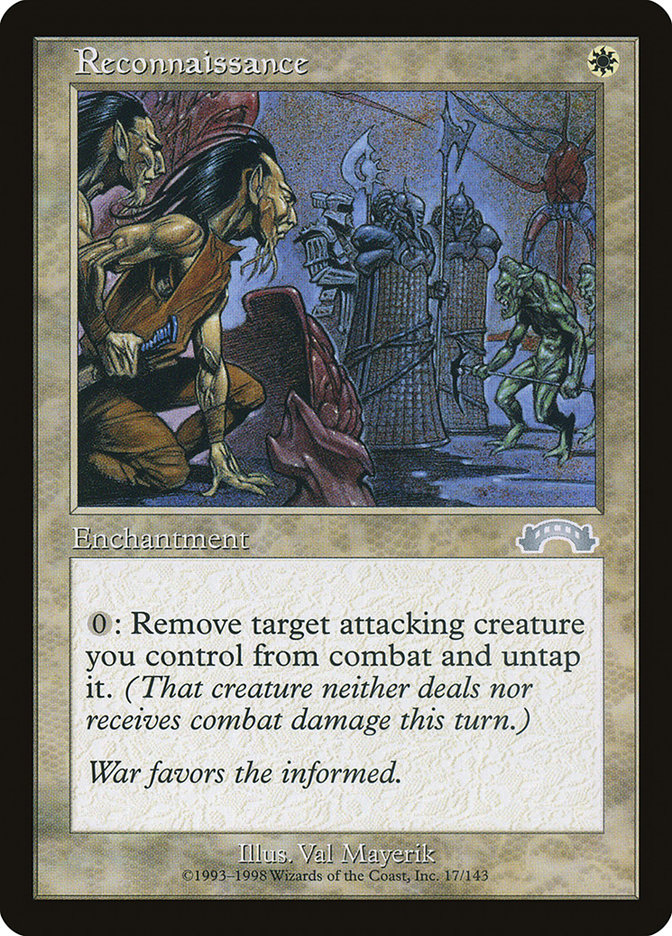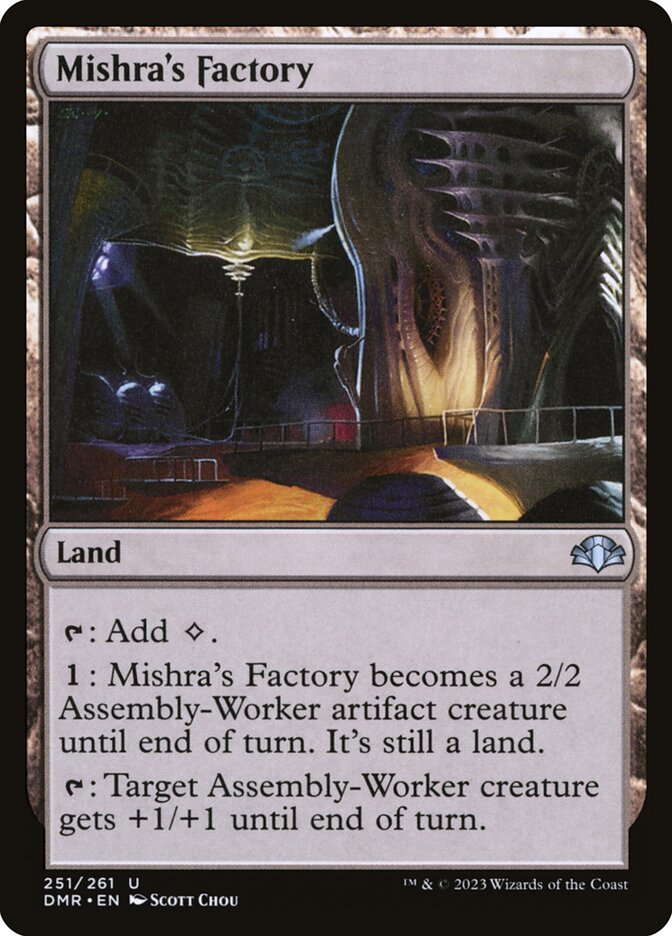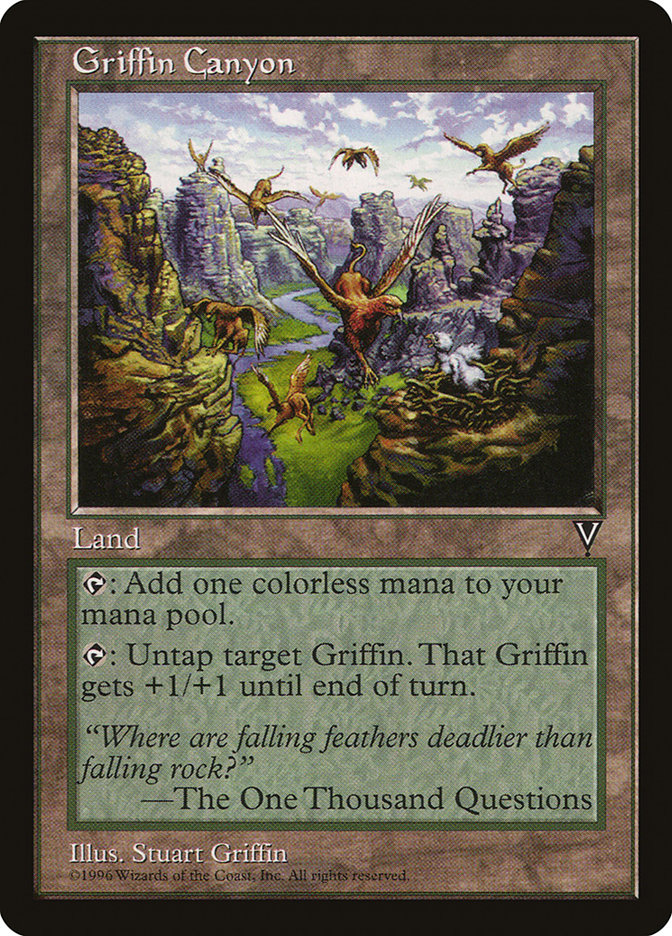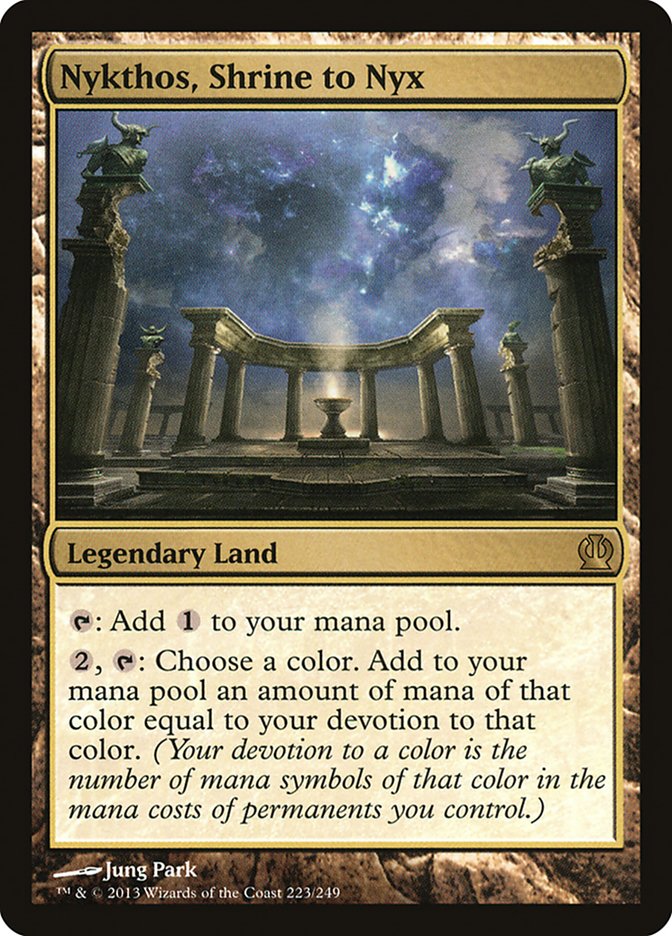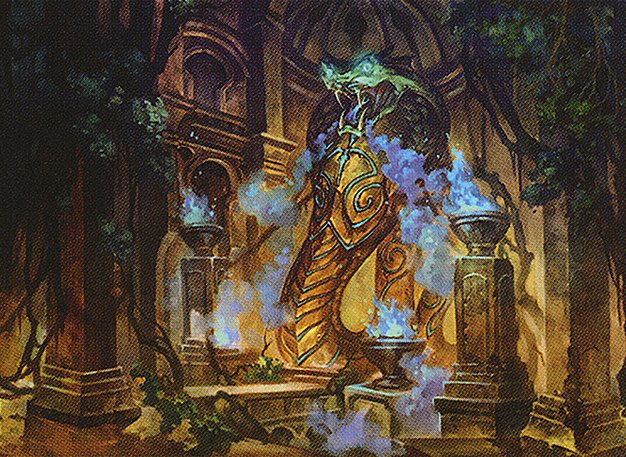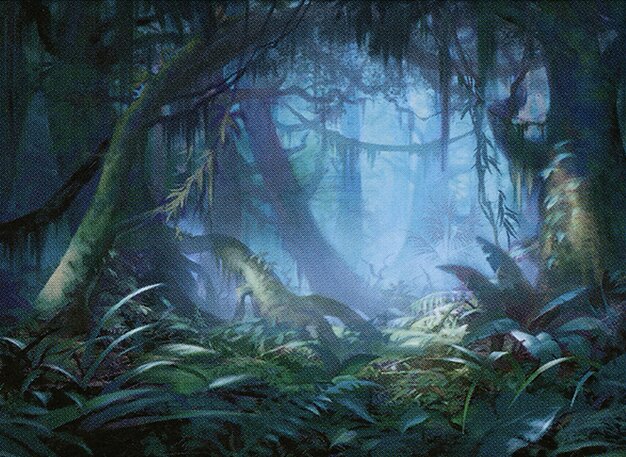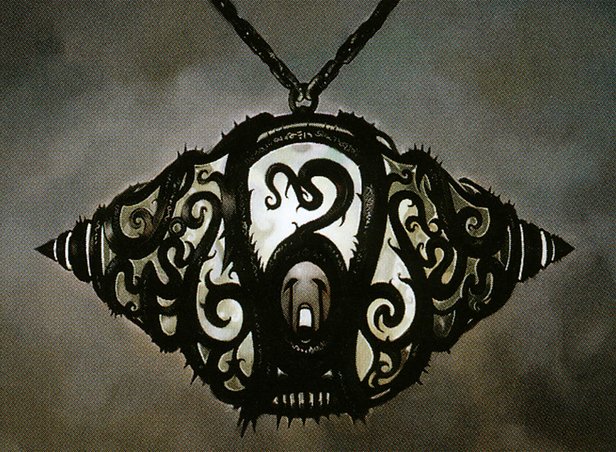Sorrow's Path MTG Card
| Card sets | Released in 3 setsSee all |
| Rarity | Rare |
| Type | Land |
Key Takeaways
- Indirect card advantage through combat disruption utilizing Sorrow’s Path can shift game momentum in your favor.
- Instant speed activation allows for unexpected playmaking, elevating it beyond conventional sorcery-speed limitations.
- Despite potential drawbacks, Sorrow’s Path’s unique effect and combo possibilities can enrich tactical gameplay.
Text of card
oc T: Exchange two of opponent's blocking creatures. This exchange may not cause an illegal block. Sorrow's Path does 2 damage to you and 2 damage to each creature you control whenever it is tapped.
Card Pros
Card Advantage: While Sorrow’s Path doesn’t directly allow you to draw cards, it can disrupt your opponent’s strategic placements of creatures, potentially giving you an indirect card advantage by avoiding unfavorable trades or combat situations.
Resource Acceleration: Though it doesn’t produce additional mana or Treasure tokens, Sorrow’s Path can free up your creatures for more profitable attacks, thereby accelerating the resources at your disposal in the form of untapped creatures ready to be utilized in various capacities.
Instant Speed: The ability to activate Sorrow’s Path is not restricted to sorcery speed, which means it can be used during your opponent’s turn. This provides flexibility in your play and can catch an opponent off guard, disrupting their combat calculations and creating opportunities when they least expect it.
Card Cons
Discard Requirement: Although Sorrow’s Path doesn’t technically require a discard, activating its ability causes you to sacrifice valuable board position, which can be comparable to discarding strategic assets. This can lead to a net loss in resources during the game, putting you at a disadvantage.
Specific Mana Cost: Sorrow’s Path demands a commitment to red mana to potentially be paired with utility lands that mitigate its downside. However, this requirement may not align with your deck’s mana base, limiting the card’s viability across different deck archetypes.
Comparatively High Mana Cost: While Sorrow’s Path itself doesn’t have a mana cost being a land, the cost of incorporating it in your deck comes from the risk of dealing damage to your own creatures and possibly losing them, which can be steep compared to other lands that provide a benefit without such a significant drawback.
Reasons to Include in Your Collection
Versatility: Sorrow’s Path offers a unique effect in deck manipulation by allowing the switching of opponents’ creatures. This ability can maneuver around unfavorable block setups or disrupt your opponent’s combat strategies.
Combo Potential: Despite its infamous reputation, this card holds potential in combos with strategies designed to mitigate its detrimental effects or utilize damage redirects, showcasing its latent synergy with specific deck builds.
Meta-Relevance: Sorrow’s Path may not be a staple in all decks, but for collectors and players who appreciate niche strategies or a challenge, it can offer a meta advantage. In an environment filled with utility lands, having Sorrow’s Path increases the depth of your arsenal, potentially catching opponents unprepared.
How to beat
Sorrow’s Path is an infamous land card within the MTG realm that, despite its potential for tactical play, is viewed by many as a challenge to utilize effectively. It can be used to switch attacking creatures of your own, which might disrupt your opponent’s combat strategies. However, the drawback is severe as it deals damage to you and creatures you control when it becomes tapped.
Overcoming Sorrow’s Path in your matchups requires a keen understanding of board state. Focus on cards that prevent lands from being tapped or redirect damage to prevent the detrimental effects. Cards like Pithing Needle can be employed to restrict Sorrow’s Path’s activation, while others like Circle of Protection: Red can mitigate the damage inflicted to you. Mystic Sanctuary can be used to recover crucial spells that might offset the drawbacks of using Sorrow’s Path, or even replace it as your utility land.
Moreover, capitalize on instant-speed spells that can be used after attackers are declared to minimize the window in which Sorrow’s Path can affect the battlefield. Each game is distinctive, and understanding when to take action against Sorrow’s Path is paramount. Cautious gameplay and the right defensive or preventive measures can ensure you navigate around Sorrow’s Path’s contrived abilities and maintain the upper hand.
Unlocking the Mystery of Sorrow’s Path
The Sorrow’s Path is a card that often invites curiosity among MTG enthusiasts due to its unique ability to switch the positions of two target blocking creatures. This ability can sometimes be a double-edged sword, offering both strategic positioning and potential self-harm through its damage-inflicting drawback. Unlike other land cards, the Sorrow’s Path doesn’t provide mana, which makes its inclusion in a deck a strategic choice rather than a resource-driven one.
Cards like Sorrow's Path
The Sorrow’s Path holds a unique position within the realm of MTG cards, bringing a blend of control and risk. In the landscape of game-altering lands, Maze of Ith stands out as a somewhat related card, allowing players to untap target attacking creature and remove it from combat. While Maze of Ith can be a protective tool without a direct damage consequence, Sorrow’s Path offers a more aggressive approach to combat manipulation at a potential cost to the player’s life total.
Comparatively, cards like Reconnaissance provide a different tactical advantage by allowing creatures to be removed from combat without inflicting damage to their controller, operative at instant speed and with less risk involved. Nevertheless, the potential of Sorrow’s Path in the right deck, especially when combining it with cards that negate its negative effects, can create unexpected and game-changing scenarios.
Exploring similar cards highlights how Sorrow’s Path can be a situational pick, illustrating the importance of deck synergy and player strategy in MTG—especially for those looking to harness the path’s full potential.
Cards similar to Sorrow's Path by color, type and mana cost
Where to buy
If you're looking to purchase Sorrow's Path MTG card by a specific set like The Dark and Magic Online Promos, there are several reliable options to consider. One of the primary sources is your local game store, where you can often find booster packs, individual cards, and preconstructed decks from current and some past sets. They often offer the added benefit of a community where you can trade with other players.
For a broader inventory, particularly of older sets, online marketplaces like TCGPlayer, Card Kingdom and Card Market offer extensive selections and allow you to search for cards from specific sets. Larger e-commerce platforms like eBay and Amazon also have listings from various sellers, which can be a good place to look for sealed product and rare finds.
Additionally, Magic’s official site often has a store locator and retailer lists for finding Wizards of the Coast licensed products. Remember to check for authenticity and the condition of the cards when purchasing, especially from individual sellers on larger marketplaces.
Below is a list of some store websites where you can buy the Sorrow's Path and other MTG cards:
- eBay
- TCG Player
- Card Kingdom
- Card Market
- Star City Games
- CoolStuffInc
- MTG Mint Card
- Hareruya
- Troll and Toad
- ABU Games
- Card Hoarder Magic Online
- MTGO Traders Magic Online
See MTG Products
Printings
The Sorrow's Path Magic the Gathering card was released in 3 different sets between 1994-08-01 and 2009-09-07. Illustrated by Randy Asplund-Faith.
| # | Released | Name | Code | Symbol | Number | Frame | Layout | Border | Artist |
|---|---|---|---|---|---|---|---|---|---|
| 1 | 1994-08-01 | The Dark | DRK | 119 | 1993 | Normal | Black | Randy Asplund-Faith | |
| 2 | Magic Online Promos | PRM | 36889 | 2003 | Normal | Black | Randy Asplund-Faith | ||
| 3 | 2009-09-07 | Masters Edition III | ME3 | 211 | 1997 | Normal | Black | Randy Asplund-Faith |
Legalities
Magic the Gathering formats where Sorrow's Path has restrictions
| Format | Legality |
|---|---|
| Oldschool | Legal |
| Commander | Legal |
| Legacy | Legal |
| Oathbreaker | Legal |
| Vintage | Legal |
| Duel | Legal |
| Predh | Legal |
| Penny | Legal |
Rules and information
The reference guide for Magic: The Gathering Sorrow's Path card rulings provides official rulings, any errata issued, as well as a record of all the functional modifications that have occurred.
| Date | Text |
|---|---|
| 2009-02-01 | This has two abilities. The second ability triggers any time it becomes tapped, whether to pay for its ability or not. |
| 2009-10-01 | A “blocking creature” is one that has been declared as a blocker this combat, or one that was put onto the battlefield blocking this combat. Unless that creature leaves combat, it continues to be a blocking creature through the end of combat step, even if the creature or creatures that it was blocking are no longer on the battlefield or have otherwise left combat by then. |
| 2009-10-01 | Abilities that trigger whenever one of the targeted creatures blocks will trigger when the first ability resolves, because those creatures will change from not blocking (since they’re removed from combat) to blocking. It doesn’t matter if those abilities triggered when those creatures blocked the first time. Abilities that trigger whenever one of the attacking creatures becomes blocked will not trigger again, because they never stopped being blocked creatures. Abilities that trigger whenever a creature blocks one of the attacking creatures will trigger again, though; those kinds of abilities trigger once for each creature that blocks. |
| 2009-10-01 | The first ability can target any two blocking creatures a single opponent controls. Whether those creatures could block all creatures the other is blocking isn’t determined until the ability resolves. |
| 2009-10-01 | When Sorrow’s Path’s first ability is activated, its second ability triggers and goes on the stack on top of the first ability. The second ability resolves first, and may cause some of the attacking creatures to be dealt lethal damage. |
| 2009-10-01 | When determining whether a creature could block all creatures the other is blocking, take into account evasion abilities (like flying), protection abilities, and other blocking restrictions, as well as abilities that allow a creature to block multiple creatures or block as though a certain condition were true. Take into account whether those creatures are tapped, but not whether they have costs to block (since those apply only as blockers are declared). |
| 2009-10-01 | When the first ability resolves, if all the creatures that one of the targeted creatures was blocking have left combat, then the other targeted creature is considered to be able to block all creatures the first creature is blocking. If the ability has its full effect, the second creature will be removed from combat but not returned to combat; it doesn’t block anything. |
